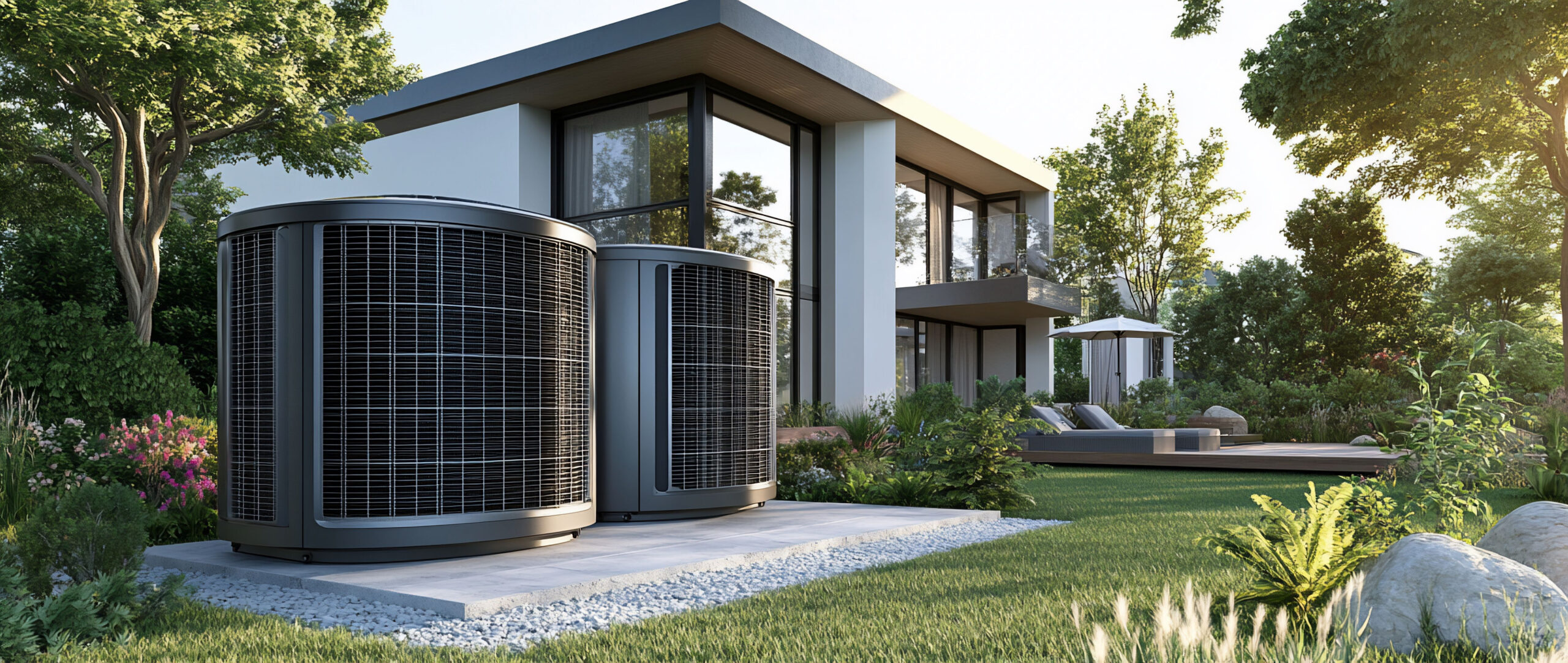When you’ve been in the HVAC and real estate game as long as I have, you learn pretty quickly that seasonal transitions can make or break your bottom line—not to mention your reputation. Whether it’s prepping homes for scorching Florida summers or buttoning things up before winter cold snaps, staying ahead of seasonal maintenance isn’t just a good habit—it’s a business strategy.
I’ve flipped over 500 homes with my wife, and we run an HVAC company that services hundreds of properties in Pasco and Pinellas Counties. Each season brings its own set of challenges, but I’ve found that with a proactive approach, you can avoid costly repairs, keep tenants happy, and protect the long-term value of your investments.
Why Seasonal Readiness Matters
When you own multiple properties, even small issues can quickly spiral into expensive headaches if left unchecked. A failing A/C in July or a broken heater in December can lead to emergency service calls, tenant complaints, and sometimes property damage. But when you anticipate what’s coming, you’re not reacting to problems—you’re preventing them.
Seasonal HVAC prep and basic property maintenance help you:
- Extend equipment lifespan
- Reduce emergency costs
- Improve tenant satisfaction
- Protect resale value
- Maximize energy efficiency
Whether you’re managing rentals, preparing a flip for sale, or just making sure your beach house stays in top shape, a few smart moves each season go a long way.
Summer Prep: Keeping Cool and Cutting Costs
Let’s start with summer, which in Florida means one thing: relentless heat and humidity. That’s when your HVAC systems are under the most pressure.
Here’s how we get our properties ready:
- Schedule A/C inspections in early spring.
Don’t wait until June when everyone’s air goes out. We inspect units in March or April—checking refrigerant levels, testing thermostats, and replacing worn components before the real heat kicks in. - Clean or replace filters.
Dirty filters reduce efficiency and strain your system. This is one of the easiest and most overlooked tasks—and it’s something we train tenants to do regularly in our rentals. - Clear outdoor units.
We make sure no weeds, debris, or yard clutter are blocking the condenser. Proper airflow is key to cooling performance. - Seal ductwork and windows.
Even small leaks in your ductwork or poorly sealed windows can drive up energy bills. We run duct pressure tests and seal leaks in spring to boost efficiency. - Install smart thermostats.
For our rental properties, this is a game-changer. Tenants can manage cooling efficiently, and we reduce wasted energy when the property’s vacant.
Winter Prep: Staying Warm Without Surprises
While Florida winters aren’t brutal, temperatures can still dip low enough to cause heating complaints—or worse, frozen pipes in older homes further north.
Here’s how we winterize our portfolio:
- Test the heating system before it’s needed.
We fire up the heat during a fall inspection, check for unusual smells or noises, and make sure it’s ready for cooler nights. - Insulate vulnerable pipes.
In properties outside Florida, we identify pipes near exterior walls or crawl spaces and add insulation to prevent freezing. - Reverse ceiling fans.
It’s a small touch, but reversing fan direction helps circulate warm air in winter—and we include this tip in our tenant welcome packet. - Check insulation and weatherstripping.
Heat loss around windows and doors leads to higher bills. We inspect and update weatherstripping at least once a year. - Ensure carbon monoxide detectors work.
Gas heaters can produce CO if they malfunction, so we make sure detectors are present and working properly before winter begins.
Communicating with Tenants and Buyers
One of the most overlooked parts of seasonal prep is communication. Whether we’re selling a flipped house or managing a rental, we let people know what’s been done to prepare the property for the season. It shows we care, builds trust, and often prevents service calls later.
For tenants, we provide a seasonal checklist they can reference—things like how to adjust their thermostat, when to call for service, and simple things they can do themselves. For buyers, we highlight seasonal maintenance and HVAC inspections as part of the value-added features in a flip.
Building a Maintenance Calendar
The secret to staying on top of all this? A recurring seasonal maintenance calendar. We use project management software to track each property, set reminders, and schedule inspections. Our HVAC business runs on the same principle—we reach out to clients at the right time with maintenance reminders. It’s a small thing that brings big results.
Final Thoughts: Don’t React—Prepare
There’s no real off-season when you own multiple properties or run a service business. But if you plan ahead and prioritize seasonal readiness, you can stay ahead of breakdowns, lower your operating costs, and build trust with every person who lives in or buys one of your homes.
For me, seasonal property readiness is just part of the rhythm of being in business. It’s a habit that’s saved me money, improved customer satisfaction, and helped build the kind of reputation that keeps people coming back.
Whether you’re flipping houses, managing rentals, or running a service company like Airheads HVAC, remember this: the more you prepare, the less you panic.
